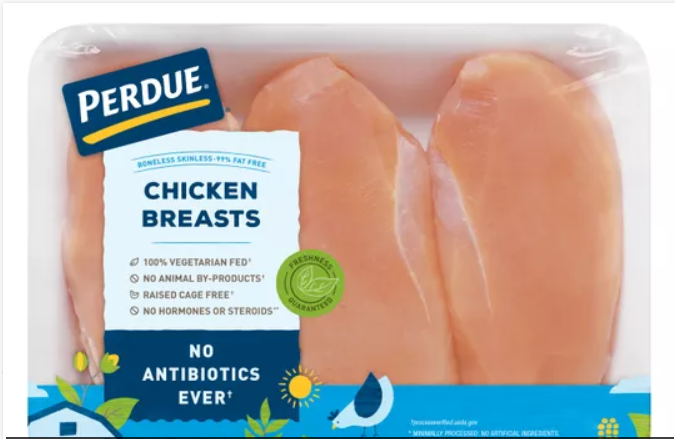Story or Strategy?
Storytelling is big in marketing today. One flavor espoused by Co-Collective CEO Ty Montague is called Story Doing, a smart improvement. I’m a fan-boy of doing rather than telling.
HOWEVER. And with me there is always a however when it comes to brand. However, a word that trumps “story” is “strategy.” Using Mr. Montague’s construct then, a more active and effective form of brand building is Strategy Doing…inelegant though it may sound. Strategy Doing is the fastest way to build brands.
I love a good story. It can be captivating. And memorable. But unless the story adds value to the brand, unless it moves the ball farther upfield with regard to the brand claim and proof array, it may no more helpful than the Three Little Pigs.
Story telling good. Story doing, better. Strategy Doing, bestestest!
Peace.


